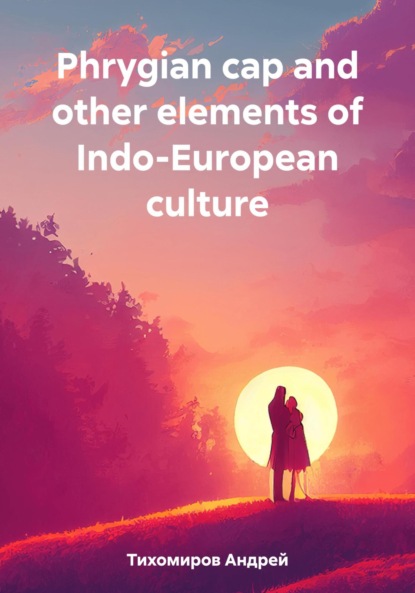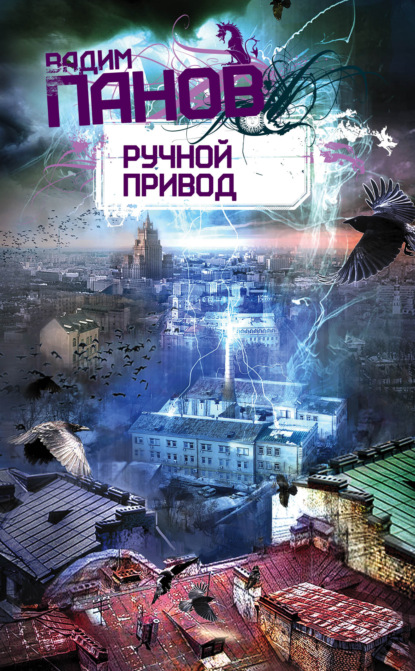Phrygian cap and other elements of Indo-European culture

Издательство:
Автор
Метки:
Самиздат,религиозная философия,наука и религия,религии,древние религии,ведическая религия,Только на ЛитресЖанры:
религия и духовная литература,религиоведение / история религий,религии / верования / культы,историческая литература,гуманитарные и общественные науки,религии,религиозная философия,древние религии,ведическая религия,наука и религия,серьезное чтение,об истории серьезноThe Phrygian cap is a cone-shaped headdress with the top thrown forward. Initially, the cap was worn by the Indo-European tribes of the Phrygians in Asia Minor, and the Greeks borrowed it from them. During the French bourgeois revolution of the 18th century, the Phrygian cap became a detail of the Jacobins' clothing, and in the 20th century, Red Army soldiers wore a type of Budyonovka cap. The pagan beliefs of the ancient Indo-Europeans were very diverse. In many Aryan settlements, the head of the divine pantheon at that time was the sunny-faced Mithras, the owner of wide pastures. In the old days in Rus', the barnyard was called a mitria. Mitra is a headdress in Orthodox and Catholic churches. Along with Mitra, the ancient Aryans revered Vertragna, the god of war and victory, a changeable whirlwind that can be both kind, quiet and warm, and destructive, sweeping away everything in its path.









